Network Break 373: Google Buys Mandiant To Bolster Security Ops; Network OS DENT 2.0 Released
Today's Network Break examines why Google spent billions of dollars to acquire Mandiant for security ops, the latest release of the DENT network OS, NVIDIA's software revenue strategy, and more tech news.Real-time EVPN fabric visibility
Real-time telemetry from a 5 stage Clos fabric describes lightweight emulation of realistic data center switch topologies using Containerlab. This article builds on the example to demonstrate visibility into Ethernet Virtual Private Network (EVPN) traffic as it crosses a routed leaf and spine fabric.docker run --rm -it --privileged --network host --pid="host" \Start Containerlab.
-v /var/run/docker.sock:/var/run/docker.sock -v /run/netns:/run/netns \
-v ~/clab:/home/clab -w /home/clab \
ghcr.io/srl-labs/clab bash
curl -O https://raw.githubusercontent.com/sflow-rt/containerlab/master/evpn3.ymlDownload the Containerlab topology file.
containerlab deploy -t evpn3.ymlFinally, deploy the topology.
docker exec -it clab-evpn3-leaf1 vtysh -c "show running-config"See configuration of leaf1 switch.
Building configuration...The loopback address on the switch, 192.168.1.1/32, is advertised to neighbors so that the VxLAN tunnel endpoint Continue reading
Current configuration:
!
frr version 8.1_git
frr defaults datacenter
hostname leaf1
no ipv6 forwarding
log stdout
!
router bgp 65001
bgp bestpath as-path multipath-relax
bgp bestpath compare-routerid
neighbor fabric peer-group
neighbor fabric remote-as external
neighbor fabric description Internal Fabric Network
neighbor fabric capability extended-nexthop
neighbor eth1 interface peer-group fabric
neighbor eth2 interface peer-group fabric
!
address-family ipv4 unicast
network 192.168.1.1/32
exit-address-family
!
address-family l2vpn evpn
neighbor fabric activate
advertise-all-vni
exit-address-family
exit
!
ip nht resolve-via-default
!
end
Democratizing email security: protecting individuals and businesses of all sizes from phishing and malware attacks


Since our founding, Cloudflare has been on a mission to take expensive, complex security solutions typically only available to the largest companies and make them easy to use and accessible to everyone. In 2011 and 2015 we did this for the web application firewall and SSL/TLS markets, simplifying the process of protecting websites from application vulnerabilities and encrypting HTTP requests down to single clicks; in 2020, during the start of the COVID-19 pandemic, we made our Zero Trust suite available to everyone; and today—in the face of heightened phishing attacks—we’re doing the same for the email security market.
Once the acquisition of Area 1 closes, as we expect early in the second quarter of 2022, we plan to give all paid self-serve plans access to their email security technology at no additional charge. Control, customization, and visibility via analytics will vary with plan level, and the highest flexibility and support levels will be available to Enterprise customers for purchase.
All self-serve users will also get access to a more feature-packed version of the Zero Trust solution we made available to everyone in 2020. Zero Trust services are incomplete without an email security solution, and CISA’s recent report makes that clearer Continue reading
Investigating threats using the Cloudflare Security Center


Cloudflare blocks a lot of diverse security threats, with some of the more interesting attacks targeting the “long tail” of the millions of Internet properties we protect. The data we glean from these attacks trains our machine learning models and improves the efficacy of our network and application security products, but historically hasn’t been available to query directly. This week, we’re changing that.
All customers will soon be granted access to our new threat investigations portal, Investigate, in the Cloudflare Security Center (first launched in December 2021). Additionally, we’ll be annotating threats across our analytics platform with this intelligence to streamline security workflows and tighten feedback loops.
What sorts of data might you want to look up here? Let’s say you’re seeing an IP address in your logs and want to learn which hostnames have pointed to it via DNS, or you’re seeing a cluster of attacks come from an autonomous system (AS) you’re not familiar with. Or maybe you want to investigate a domain name to see how it’s been categorized from a threat perspective. Simply enter any of those items into the omni search box, and we’ll tell you everything we know.
IPs and hostnames will be Continue reading
Get full observability into your Cloudflare logs with New Relic
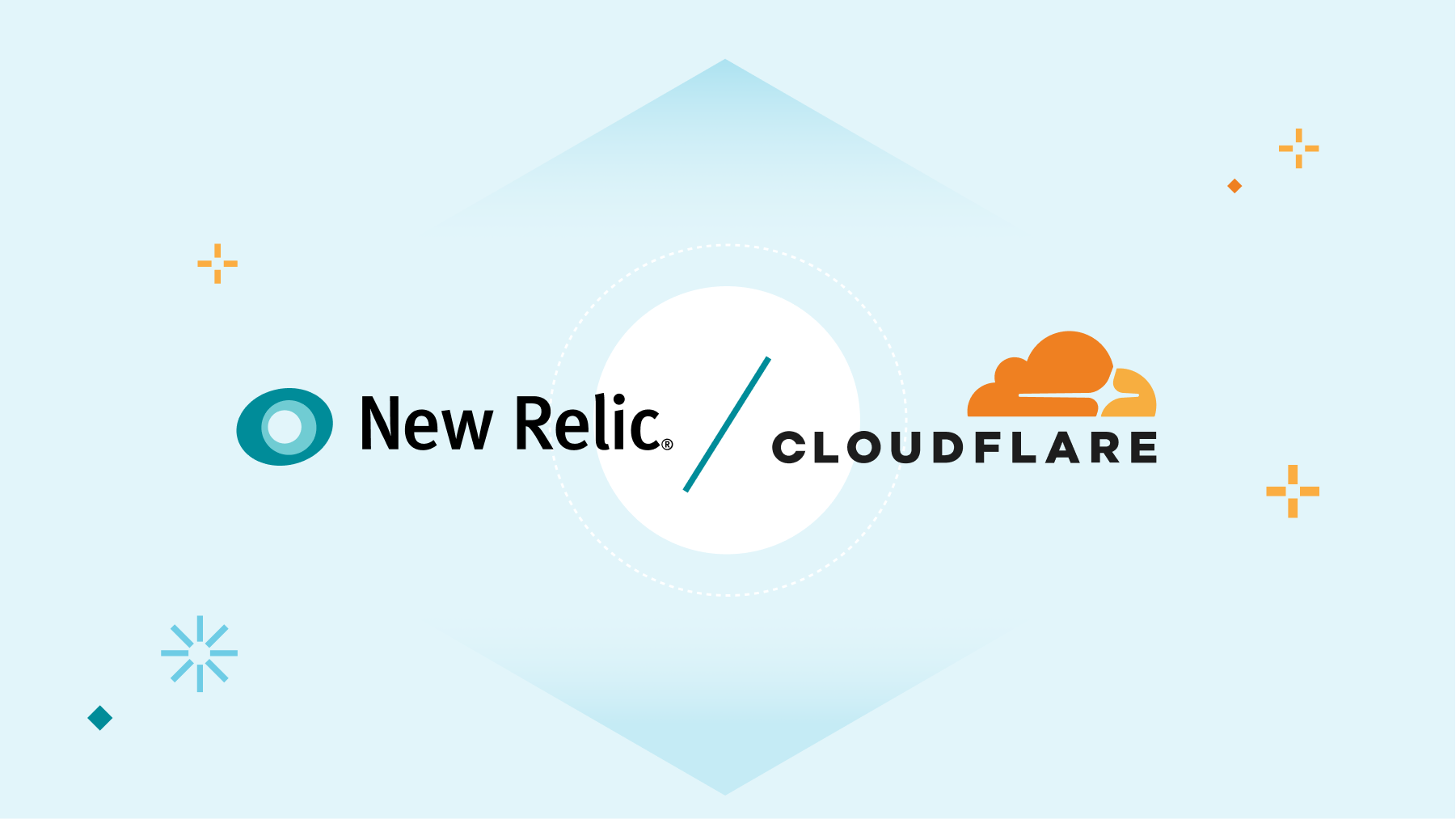
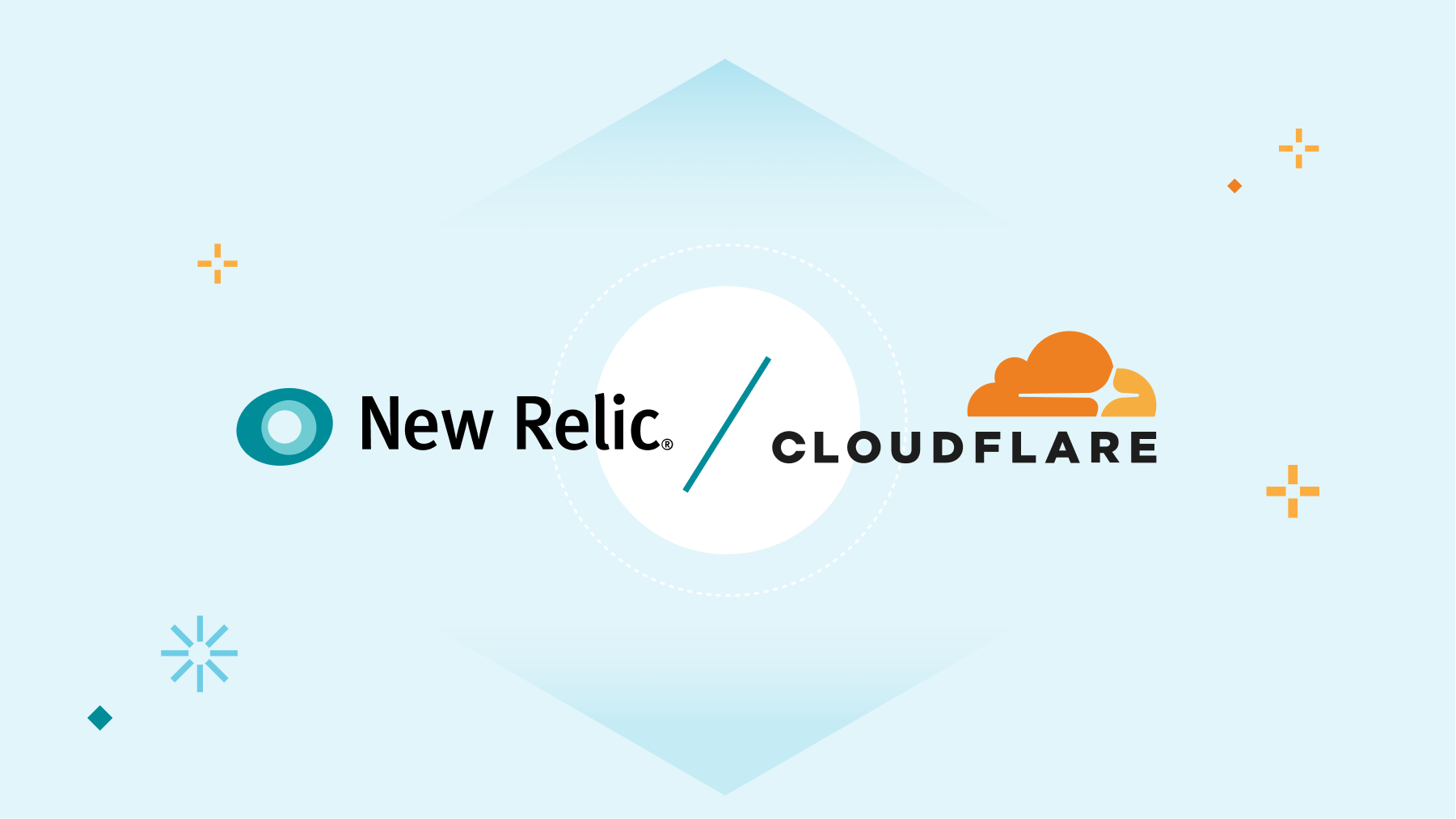
Building a great customer experience is at the heart of any business. Building resilient products is half the battle — teams also need observability into their applications and services that are running across their stack.
Cloudflare provides analytics and logs for our products in order to give our customers visibility to extract insights. Many of our customers use Cloudflare along with other applications and network services and want to be able to correlate data through all of their systems.
Understanding normal traffic patterns, causes of latency and errors can be used to improve performance and ultimately the customer experience. For example, for websites behind Cloudflare, analyzing application logs and origin server logs along with Cloudflare’s HTTP request logs give our customers an end-to-end visibility about the journey of a request.
We’re excited to have partnered with New Relic to create a direct integration that provides this visibility. The direct integration with our logging product, Logpush, means customers no longer need to pay for middleware to get their Cloudflare data into New Relic. The result is a faster log delivery and fewer costs for our mutual customers!
We’ve invited the New Relic team to dig into how New Relic One can Continue reading
Leverage IBM QRadar SIEM to get insights from Cloudflare logs
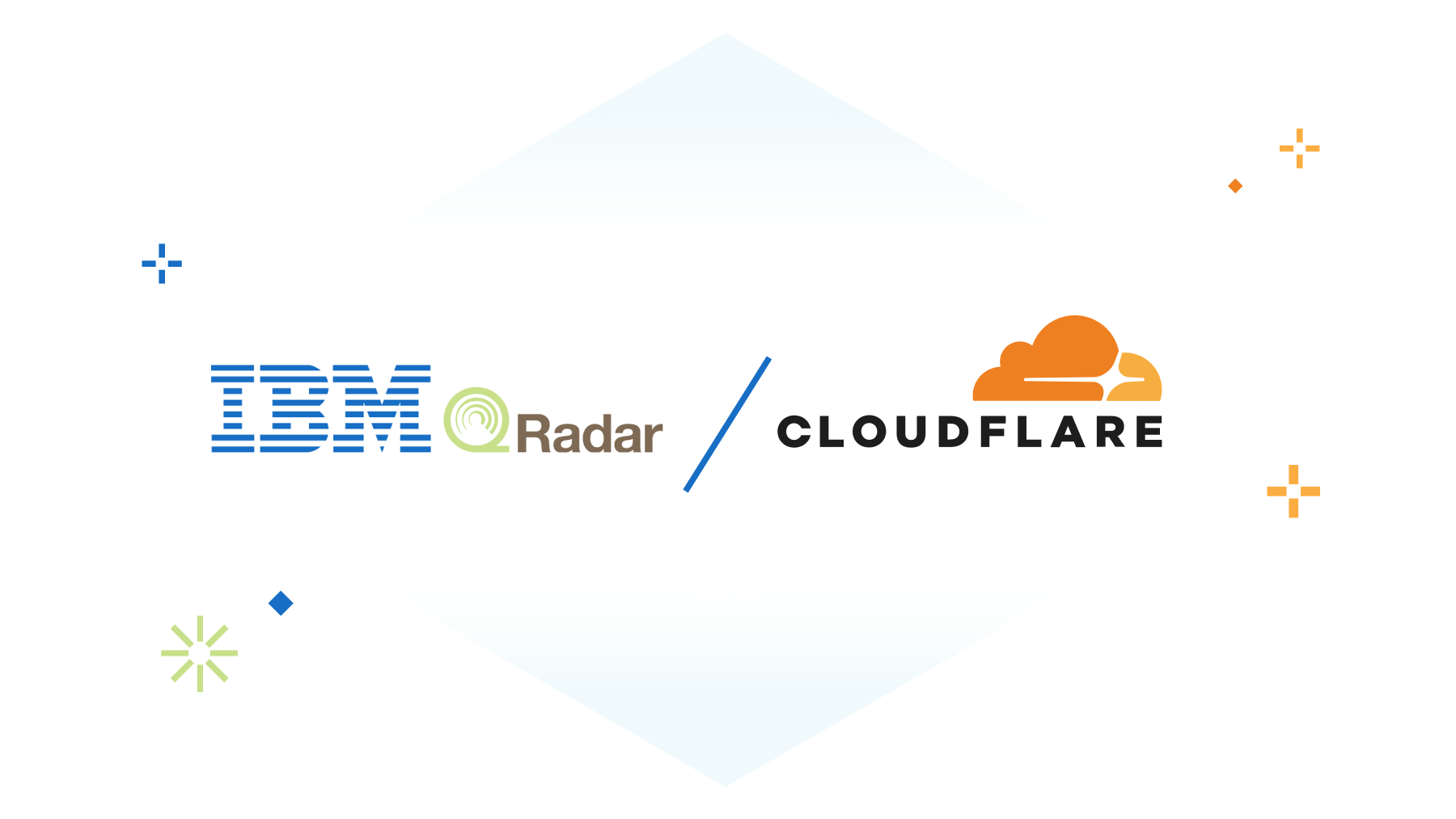
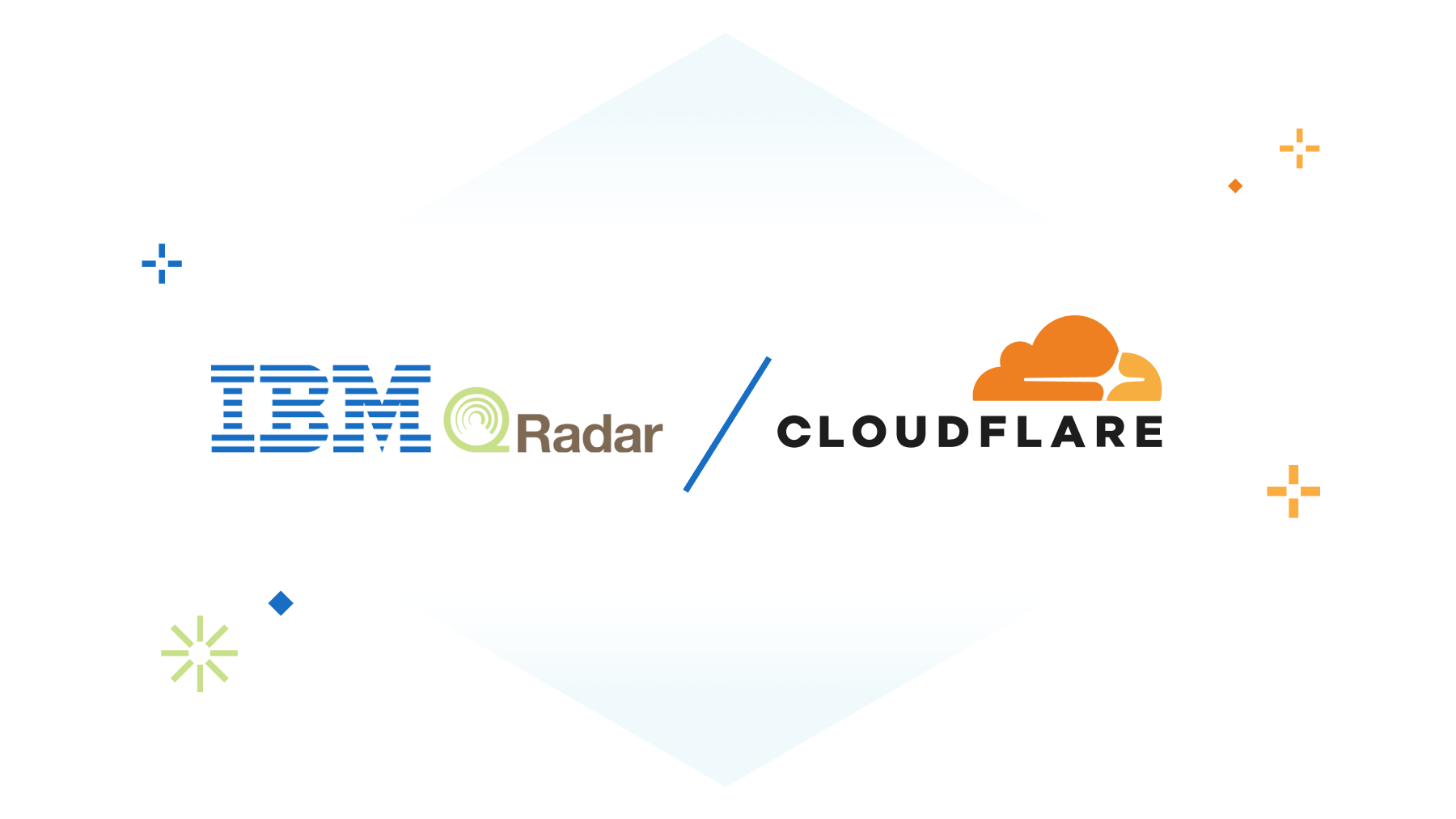
It’s just gone midnight, and you’ve just been notified that there is a malicious IP hitting your servers. You need to triage the situation; find the who, what, where, when, why as fast and in as much detail as possible.
Based on what you find out, your next steps could fall anywhere between classifying the alert as a false positive, to escalating the situation and alerting on-call staff from around your organization with a middle of the night wake up.
For anyone that’s gone through a similar situation, you’re aware that the security tools you have on hand can make the situation infinitely easier. It’s invaluable to have one platform that provides complete visibility of all the endpoints, systems and operations that are running at your company.
Cloudflare protects customers’ applications through application services: DNS, CDN and WAF to name a few. We also have products that protect corporate applications, like our Zero Trust offerings Access and Gateway. Each of these products generates logs that provide customers visibility into what’s happening in their environments. Many of our customers use Cloudflare’s services along with other network or application services, such as endpoint management, containerized systems and their own servers.
We’re excited Continue reading
Introducing: Backup Certificates

At Cloudflare, we pride ourselves in giving every customer the ability to provision a TLS certificate for their Internet application — for free. Today, we are responsible for managing the certificate lifecycle for almost 45 million certificates from issuance to deployment to renewal. As we build out the most resilient, robust platform, we want it to be “future-proof” and resilient against events we can’t predict.
Events that cause us to re-issue certificates for our customers, like key compromises, vulnerabilities, and mass revocations require immediate action. Otherwise, customers can be left insecure or offline. When one of these events happens, we want to be ready to mitigate impact immediately. But how?
By having a backup certificate ready to deploy — wrapped with a different private key and issued from a different Certificate Authority than the primary certificate that we serve.

Events that lead to certificate re-issuance
Cloudflare re-issues certificates every day — we call this a certificate renewal. Because certificates come with an expiration date, when Cloudflare sees that a certificate is expiring soon, we initiate a new certificate renewal order. This way, by the time the certificate expires, we already have an updated certificate deployed and ready to use for Continue reading
Feedback: Ansible for Networking Engineers
One of ipSpace.net subscribers sent me the following feedback on Ansible for Networking Engineers webinar:
The “Ansible for Network Engineers” webinar is of the highest caliber. I’ve taken Ansible courses with your CCIE peers, and though they are good, I objectively feel, that I get more of a total comprehensive understanding with network automation here at ipSpace. Also, I enjoy your professional care-free tone, and how you pepper humor into the subject matter.
I’ve setup a virtual lab with Ubuntu 18.04 LTS server, and am using both Aruba and Cisco switches/routers. Ansible has lots of nuances that will take me time to fully get a grip-on– but, that’s why I subscribe with the network pros like ipSpace.
Feedback: Ansible for Networking Engineers
One of ipSpace.net subscribers sent me the following feedback on Ansible for Networking Engineers webinar:
The “Ansible for Network Engineers” webinar is of the highest caliber. I’ve taken Ansible courses with your CCIE peers, and though they are good, I objectively feel, that I get more of a total comprehensive understanding with network automation here at ipSpace. Also, I enjoy your professional care-free tone, and how you pepper humor into the subject matter.
I’ve setup a virtual lab with Ubuntu 18.04 LTS server, and am using both Aruba and Cisco switches/routers. Ansible has lots of nuances that will take me time to fully get a grip-on– but, that’s why I subscribe with the network pros like ipSpace.
Tools 8. Monitoring Network Performance with Dockerised Prometheus, Iperf3 and Speedtest
Hello my friend,
in the time when the business is conducted online, it is vital to have a clear visibility into the health of your services and their performance, especially if they rely on the media or other components outside of your immediate control. Earlier in our blogpost we have covered how and why to use iperf3 for measurements of a performance between your hosts and speediest to measure a performance of an Internet connectivity. Today we’ll show how to automate this process with the help of Prometheus.
2
3
4
5
retrieval system, or transmitted in any form or by any
means, electronic, mechanical or photocopying, recording,
or otherwise, for commercial purposes without the
prior permission of the author.
How Can We Automate Monitoring?
Automation is not only about Ansible and Python. Knowing how you can properly use various applications, especially those great open source tools available on the market is a key to your success. At the same time, Ansible plays a key role in rolling out application these days, as it helps to ensure that deployment is done in a consistent way. Ansible is like Continue reading
Welcome to Security Week 2022!


Recent events are bringing cybersecurity to the forefront of many conversations.
Governments around the world are encouraging businesses to go “shields up” following Ukraine’s invasion. The current threat is significantly higher than before and any organization with Internet-facing infrastructure should put security as a top priority for the year.
To help keep services online, Cloudflare is also participating in the Critical Infrastructure Defense Project ensuring teams can get the best help to secure networks and applications more vulnerable to cyber threats, such as those in the medical, water and energy sectors.
As another example, not too long ago, Log4J, a high-severity vulnerability affecting many Java-based applications, also highlighted how important good security is on the Internet as attackers immediately started scanning for vulnerable applications within hours of the attack vector becoming public.
Unfortunately, these events are almost certainly not going to be our last reminders.
Over the next six days, we intend to tackle the broad topic of cyber security with a simple goal: ensure security is no longer an afterthought.
Security, however, is also hard, and you never know when “you’ve done enough”. The importance of good security practices should never be underestimated. Reliable and secure Continue reading
Worth Reading: Switching the Technology Stack
Did you ever wonder why a company would replace a working technology with an overhyped pile of half-baked code? Why we at $FAMOUS_COMPANY Switched to $HYPED_TECHNOLOGY by Saagar Jha is a hilarious take on the subject.
Want more? How about migrating your Exadata database to AWS?
Worth Reading: Switching the Technology Stack
Did you ever wonder why a company would replace a working technology with an overhyped pile of half-baked code? Why we at $FAMOUS_COMPANY Switched to $HYPED_TECHNOLOGY by Saagar Jha is a hilarious take on the subject.
Want more? How about migrating your Exadata database to AWS?
Maximum Flow Problems
Introduction
In optimization theory, Maximum Flow problems involve finding the maximum flow (or traffic) that can be sent from one place to another, subject to certain constraints. In this post, we will look at Maximum Flow algorithms applied to Networking and the questions they can help answer.
The main focus here will be the applied part, and we will only cover the surface of most algorithms as many of them requires Linear Programming and Optimization theory background.
Problem Setup
Assume that we have a small network connecting a few locations in the US using RSVP-TE for traffic management.
RSVP-TE allows us to find paths if there is not enough room on the shortest path, which removes the restriction that the
flows need to travel only on the shortest path.
In the below picture, we can see the Capacity and IGP cost of the links. From a graph representation perspective,
we will use MultiDigraph. Multi to represent multiple links, like between lax<-->iad, and Digraph for capturing the
unidirectional behavior of RSVP LSPs.
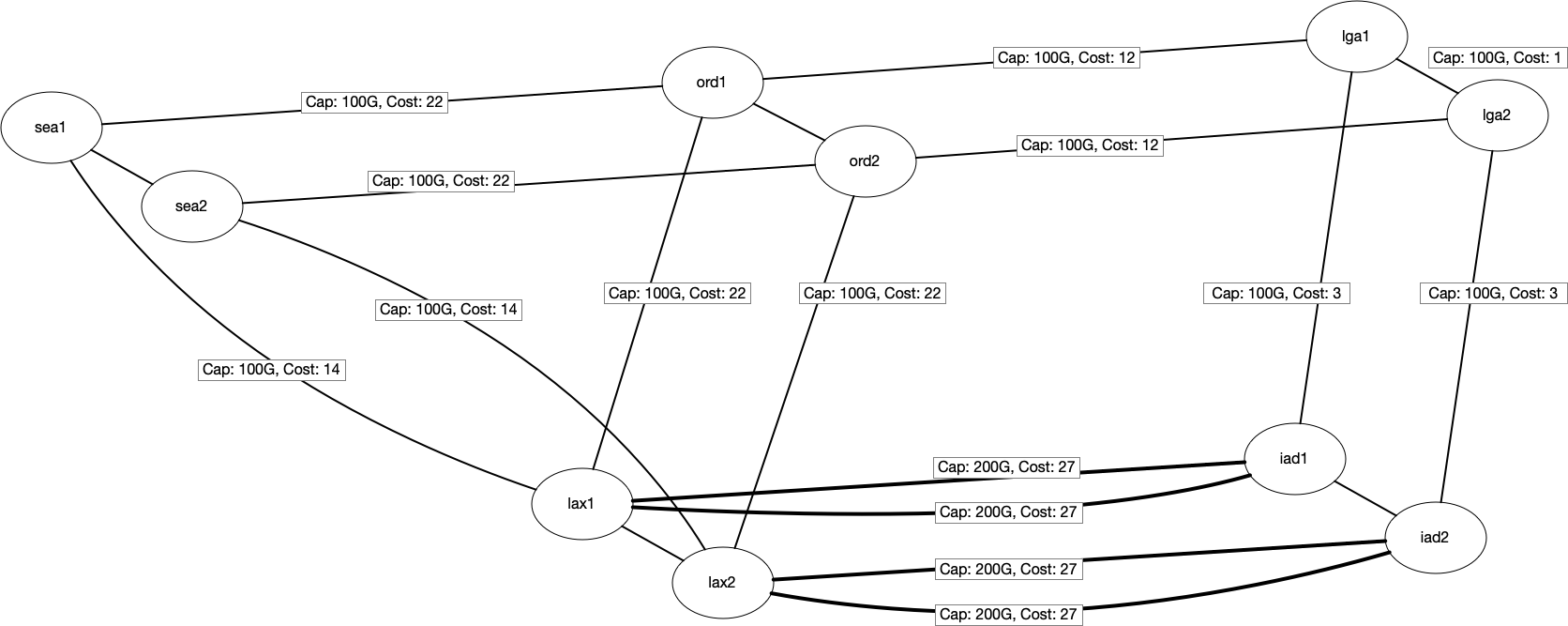
We will also assume that we already have some traffic routed between a few locations. The below table shows the existing traffic traveling between locations. For example, we Continue reading
AI Workloads Require Infrastructure Upgrades
Artificial intelligence workloads often require special infrastructure that previously was not considered needed for other demanding computational jobs.Trust Will Do You In
loc
If you’re a fan of the Gestalt IT Rundown that I do every week on the Gestalt IT YouTube channel, you have probably heard about the recent hacks of NVIDIA and Samsung. The original investigation into those hacks talked about using MDM platforms and other vectors to gain access to the information that was obtained by the hacking groups. An interesting tweet popped up on my feed yesterday that helped me reframe the attacks:
It would appear that the group behind these attacks are going after their targets the old fashioned way. With people. For illustration, see XKCD from 2009:

The Weakest Links
People are always the weakest link in any security situation. They choose to make something insecure through bad policy or by trying to evade the policy. Perhaps they are trying to do harm to the organization or even try to shine a light on Continue reading
